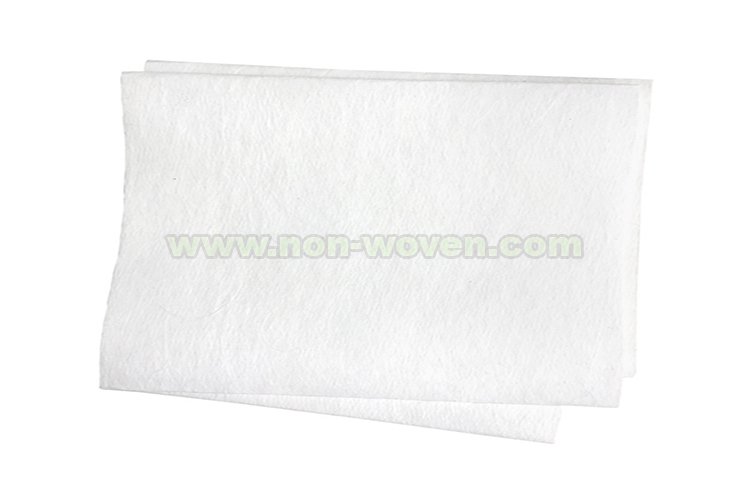Introduction
Nonwoven fusible interlining is a fabric that is used to stabilize fabrics and add structure. It is made from a variety of materials, including polyester, nylon, and cotton. This fabric is then bonded with a heat-activated adhesive.
Non woven fusible interlining has several advantages over traditional woven interlining. It is lighter in weight, more breathable, and has a softer hand. It also provides a more natural drape. In addition, this fabric is easier to work with and can be fused at a lower temperature.
Overall, non woven fusible interlining is a superior fabric choice for both garment makers and fabric retailers. It is an affordable way to add structure and stability to fabric without compromising on quality or style.learn more(wikipedia)
What is nonwoven fusible interlining?
Non woven fusible interlining is a type of fabric that is used in the garment and fabric industries. It is a lightweight fabric that is fused with an adhesive. This helps to add structure and stability to the fabric without compromising on comfort or style. Nonwoven fusible interlining is usually made from materials such as polyester, nylon, and cotton. It is generally thinner than traditional woven interlining and can be fused at a lower temperature.
The advantages of nonwoven fusible interlining
Non woven fusible interlining has several advantages over traditional woven interlining. It is lighter in weight and thinner, making it easier to handle. Additionally, it has a softer hand, provides a more natural drape, and is easier to work with than woven interlining. Nonwoven fusible interlining is also more breathable, allowing airflow which increases comfort. Furthermore, this fabric is less expensive than traditional woven interlining, making it a more affordable choice.
The versatility of nonwoven fusible interlining
Non woven fusible interlining is extremely versatile. It can be used for a wide range of garment and fabric applications. It can be used to reinforce collars, cuffs, pocket facings, and plackets. It can also be used to structure bag bottoms, cushions, and pillows. Nonwoven fusible interlining is also great for making accessories such as headbands, bags, and scarves.
How to use nonwoven fusible interlining
Using non woven fusible interlining is fairly straightforward. First, you will need to cut the fabric to the desired size and shape. Be sure to cut the fabric with the adhesive sides facing each other as this will ensure a strong bond. Next, place the nonwoven fusible interlining between the fabric layers, adhesive sides facing in. Then, press the fabric using a hot iron for about 8-10 seconds and let it cool. Once the fabric is cooled, you will have a strong, structured fabric.
Conclusion
Nonwoven fusible interlining is an excellent choice for garment makers, fabric retailers, and crafters. It is lightweight, breathable, and easier to work with than traditional woven interlining. It also provides structure and stability without compromising on comfort or style. Nonwoven fusible interlining can be used for a wide range of projects and is easy to use.

